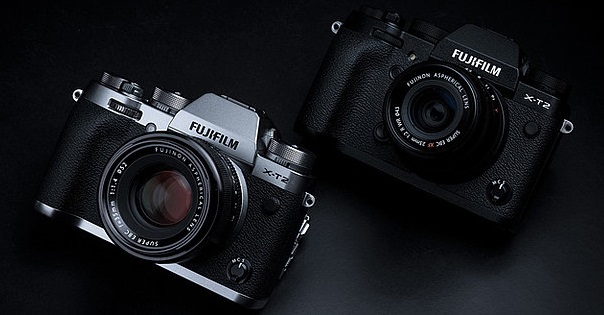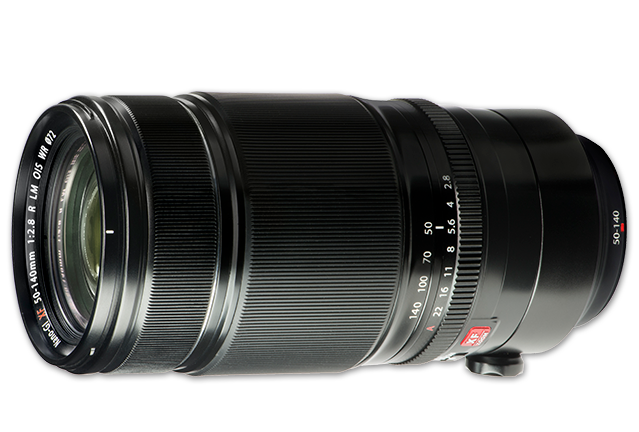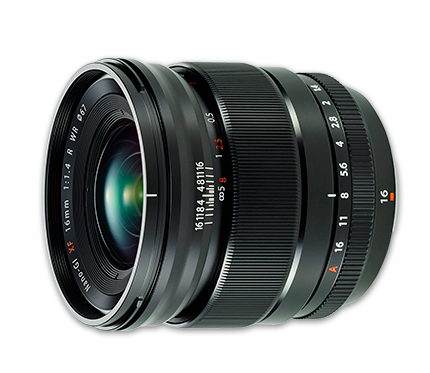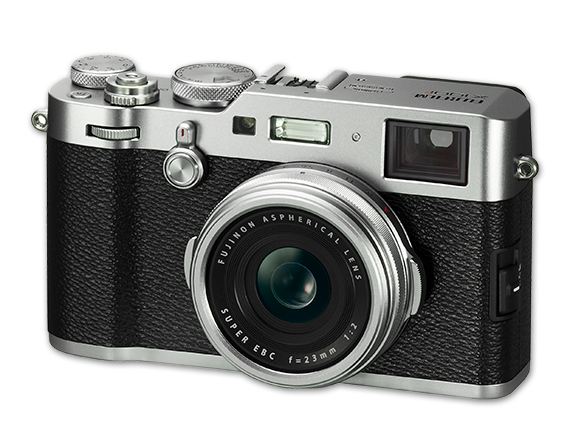I normally do not write (much) about photo equipment, but today I would like to share my experience about transitioning between systems. In order to do that, I need to go back 6 or 7 years, when I started to phase out from the DSLR world into the Mirrorless world. Back then, I had been using Canon EOS (film and digital) for nearly 20 years, so that was a major decision; mirrorless systems were starting to gain traction, and in particular two brands caught my attention: Sony – with the “full – frame in a small size” proposition of the A7, and Fujifilm – with the APSC X camera series and their retro look and ergonomics.
For a while I tried Fujifilm X (X-PRO1, X-E1), just to test the waters, while watching Sony closely. I shoot a lot of landscape and travel, sometimes in very low light and playing with long exposures (think blue and golden hour with neutral density filter). For that, the Fuifilm sensor technology was not yet good enough in terms of noise handling; mind you, I am not too bothered with noise, but back then the results were not fully convincing to me. So, I tried the Sony system, with the A7 and A7II, and used them for 4 years, with very good results. It had what I wanted: excellent quality in a smaller and lighter package, much more trekker – friendly.
However, I always kept an eye on the Fuji X system, and how it was developing. There was something that Fuji did better than the Sony, in my opinion, of course, and that was operational control (dedicated old-fashioned knobs), and the sensible choice of lenses. Shooting often in the dark, or near dark conditions in the field, it is very helpful to be able to set the camera and lens controls from a set of dedicated knobs and dials. Thus, by mid – 2018, I was trying the Fujifilm X system again, and this time around, the sensors were excellent for my type of photography.
Fast forward to today, and I am fully back in Fujiland, with two cameras, X-H1 and X-T2. As for lenses, after more than 20 years, I have learned to be sparse and pragmatic, so I mostly use a Fujinon 16mm F/1.4 and a Fujinon 50-140mm F/2.8. This is my core landscape and hiking kit, that I carry with a travel tripod in a small Lowepro backpack. I use the 16mm lens with the X-T2 off a tripod and reserve the X-H1 for the larger zoom lens; the X-H1 is wonderful to use the bigger Fujinon lenses, thanks to the higher mass, more robust construction, larger grip, and better balance overall. The X-T2 is also a joy to use, lighter and smaller, and hardly weighs down the backpack.
Talking a little about the lenses, I have to say that I am favourably surprised with the 16mm F/1.4 lens. This lens handles, and feels, like a bigger brother to the classic 14mm F/2.8, which used to be my go – to landscape lens. The 14mm lens is a tried and tested superb lens, sharp into the corners, with no discernible barrel distortion. As I shoot a lot of sea and coastal landscapes with the horizon, very low barrel distortion is one of my requirements. There were a couple of nuisances I had with the 14mm lens, namely the loose aperture ring; it was too easy to change it inadvertently. The 16mm lens just feels tighter all around, no loose aperture ring for sure. It also keeps the optical character of the 14mm lens (sharpness, contrast, no barrel distortion), but of course the field of view is not as wide.
In the end, I chose the 16mm F/1.4 lens, despite a slightly narrower angle of view, because those 2 mm of difference were not significant to me, and I got a lens faster by 2 stops. This last factor is important when shooting the night sky and star trails and can open more creative opportunities when shooting wide angle close ups.
I struggled a bit when deciding to go with the 50-140mm F/2.8 zoom lens: it is larger and heavier, so would I be using it that often? After a few months of use in the field, the answer is a resounding “yes”. I used to shoot with a Canon EOS 1V and 70-200 F/2.8 zooms (almost 3kg), and that is something I don’t want to repeat today. Albeit large and heavy in terms of Fujinon lenses, the 50-140mm F/2.8 zoom is perfectly manageable. Fujifilm have a few excellent telephoto primes, like the 56mm F/1.2, 90mm F/2, or the 80mm macro, all very good options for those that prefer primes. To me, the advantage of the zoom is flexibility in focal length when in the field, for landscapes and hiking. And the zoom performs very well from wide open. I also like to shoot close-ups in the field, and the zoom allows me to use my old Canon 500D close up diopter with excellent results.
I wanted to leave to the end the camera that brought me into Fujifilm in the beginning, the X-100 series. I had the original one, today I have the X-100F. This little camera was the reason why so many photographers started noticing Fujifilm around 2010 and 2011. Its upsides (and downsides) are well known, and with each iteration (currently in its 4th one), the concept has been perfected. Today, the X-100F is the camera I carry with me when I don’t want to carry the other gear. The lens is fixed, of course, but it sports a traditional angle of view, and a fast aperture. With the traditional controls and the hybrid viewfinder, it is an instant classic.
As a personal conclusion, I can say that today I am very happy with my Fujifilm system, it delivers all I need in terms of quality, camera ergonomics, and lenses. Currently, when virtually any camera system can deliver the quality most people want, it is very difficult to choose from so many options. To me, Fujifilm offers something different, combining traditional controls and ergonomics with top quality modern image results.




